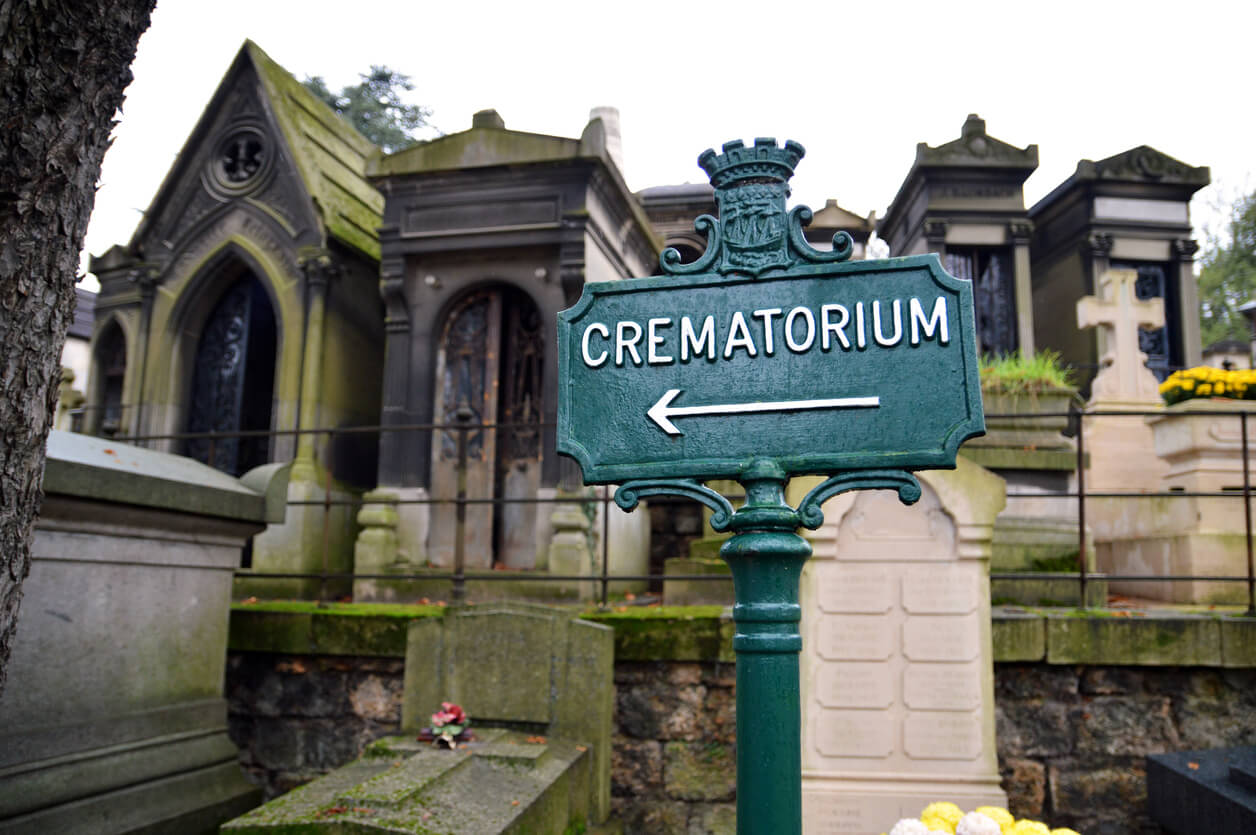Not every person is strong enough to face their mortality (or the mortality of a loved one). We understand. The cremation process, funeral planning, and end-of-life choices aren’t something that you’ll probably bring up at your next dinner party.
But the problem is that everyone reading this article will die at some point. Unfortunately, many die without leaving behind an end-of-life plan. We want to help you by giving you a gentle description of the crematory process. We hope that this information will help you make an informed decision regarding your (or a loved one’s) method of disposition.
Table of Contents
Steps of Cremation
Here are the basic steps of the cremation process.
1. The body is identified and prepared.
Before we discuss the steps of cremation, it’s worth noting that cremation providers take great care in maintaining the deceased’s identity. Therefore, before a body is cremated, the staff will ensure that the proper authorizations have been completed and that the body has been properly identified.
At that point, the body is prepared for cremation. During this process, the trained staff will remove medical devices such as pacemakers and prostheses. They will then place the body inside a cremation casket.
Most cremation caskets are free of any metal. Some are made entirely of wood, or some cremation providers utilize strong cardboard-type caskets designed especially for the cremation process.
2. The cremation witness(es) arrives at the crematory.
Please understand that not every cremation provider has the facilities that allow for witnessing the crematory process. However, some providers have a comfortable “cremation room” available for family members to gather to say their final goodbyes to the deceased.
Some of you may be uncomfortable with the idea of witnessing the process. You may ask yourself, “what is witness cremation?” and you may wonder what you’ll see.
In most cases, you’ll see the casket positioned outside a small metal door. A family member may be asked if they wish to push the button to begin the cremation process. This button will open the door to the retort, and the casket will be gently rolled inside.
You may see the flames surrounding the casket – often, the flames react to the varnish outside the wooden casket. However, the door quickly closes. At this time, most families leave the facility.
You are not required to be present at your loved one’s cremation. Some families prefer to be there, but others choose not to be present.
3. The body is cremated.
It takes one to two hours for a body to be cremated. The temperature inside the cremation chamber may reach up to 2,000 degrees. Once the cremation is complete, the remains cool before the next step of the process.
4. The ashes are prepared.
Once the remains cool, they are gathered and placed inside a cremulator. This machine removes any metal and processes the cremated remains, so they are a consistent texture.
5. The cremated remains are returned to the family.
Once the cremated remains are processed, they may be placed inside either a heavy-duty cardboard box or an urn that the family has purchased. Then, the remains “or ashes” are given to the family representative.
It’s worth noting that cremated remains aren’t really “ashes.” Expect to receive 10-12 cups of cremated remains, which look like grayish coarse sand.
Create an End Of Life Plan Today
Thanks for taking the time to understand the crematory process. If you’d like to create an end-of-life plan, and you live in the eastern part of Pennsylvania or the southern part of New Jersey, contact Philadelphia Cremation Society. Our staff will help you create a plan. Still, we are available for immediate-need direct cremation as well.





